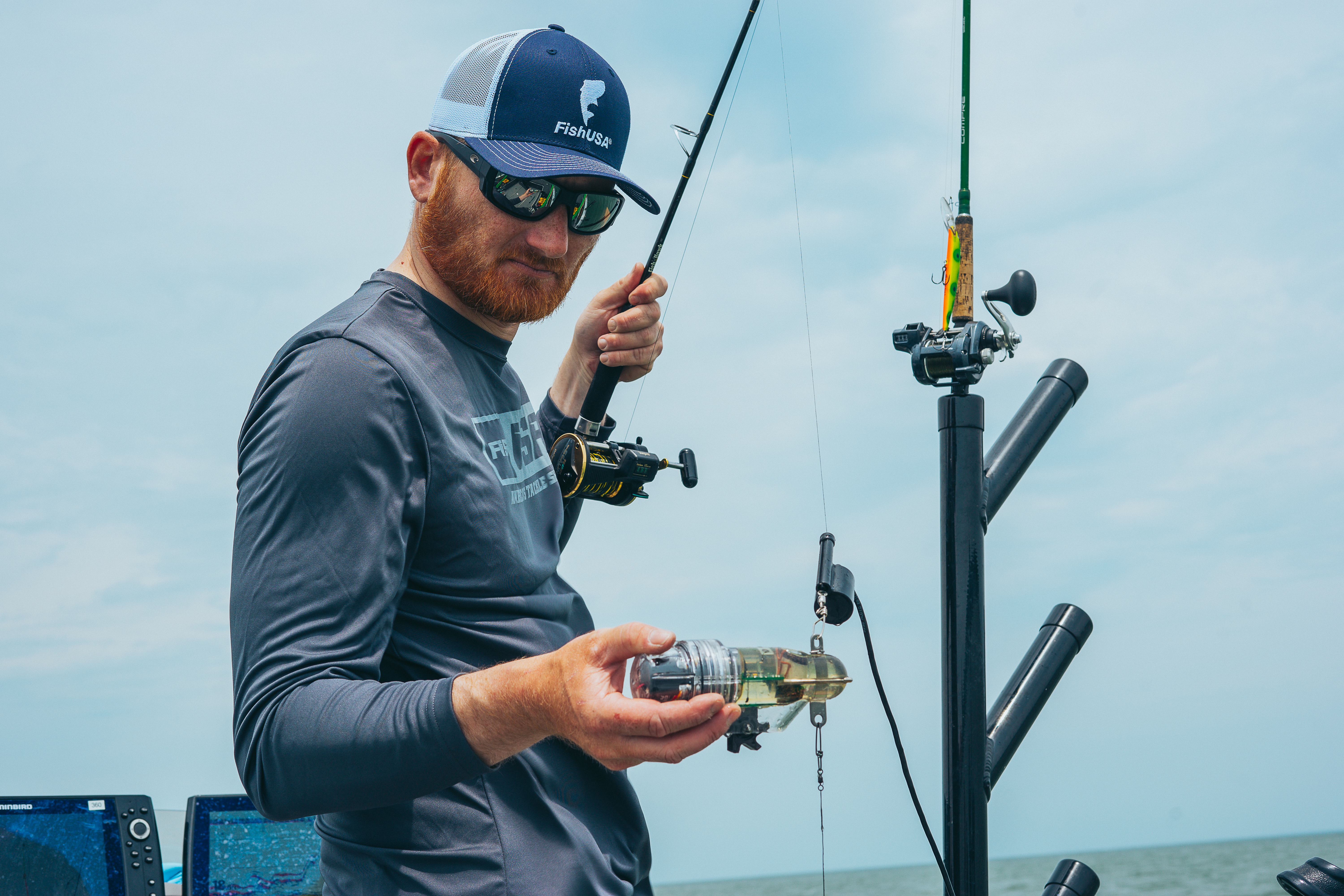Locating and Catching Deep Water Walleye in the Great Lakes
Table of Contents
Why Walleye Move Deep in Summer

Start by Following the Fleet
Use a Fish Hawk for Precision

Vary Your Lure Depth
Choose High-Impact Lures

Understand Color and Light Penetration
Fish Structural Transitions
Timing and Weather Considerations
Final Thoughts
Shop Fishing Gear & Tackle

